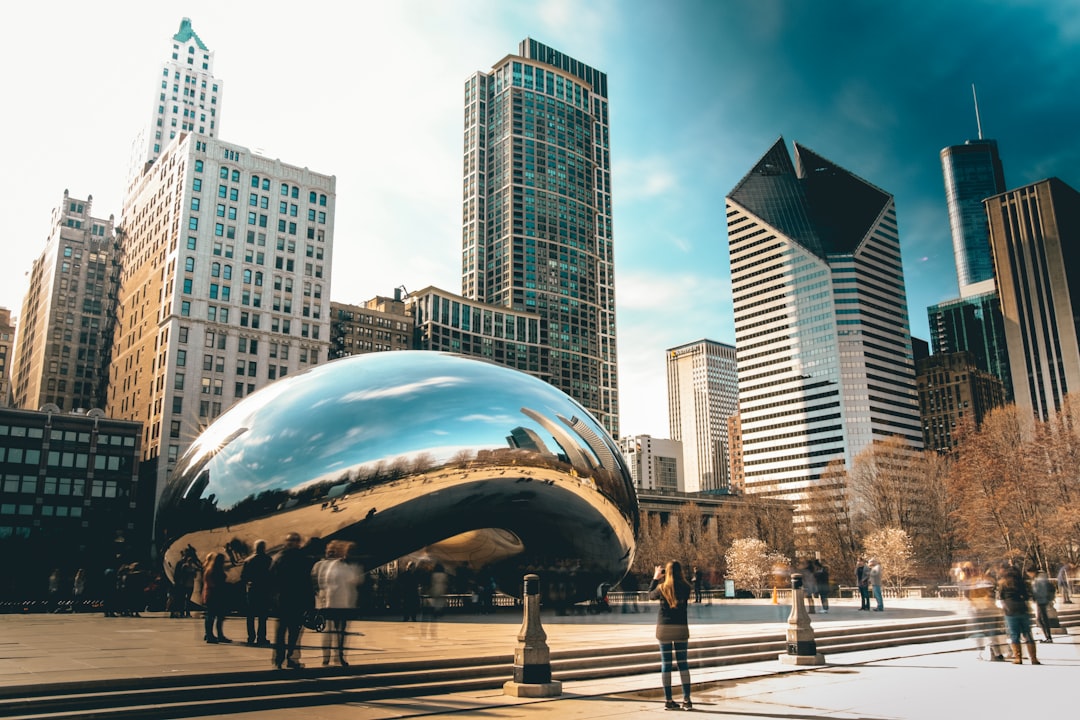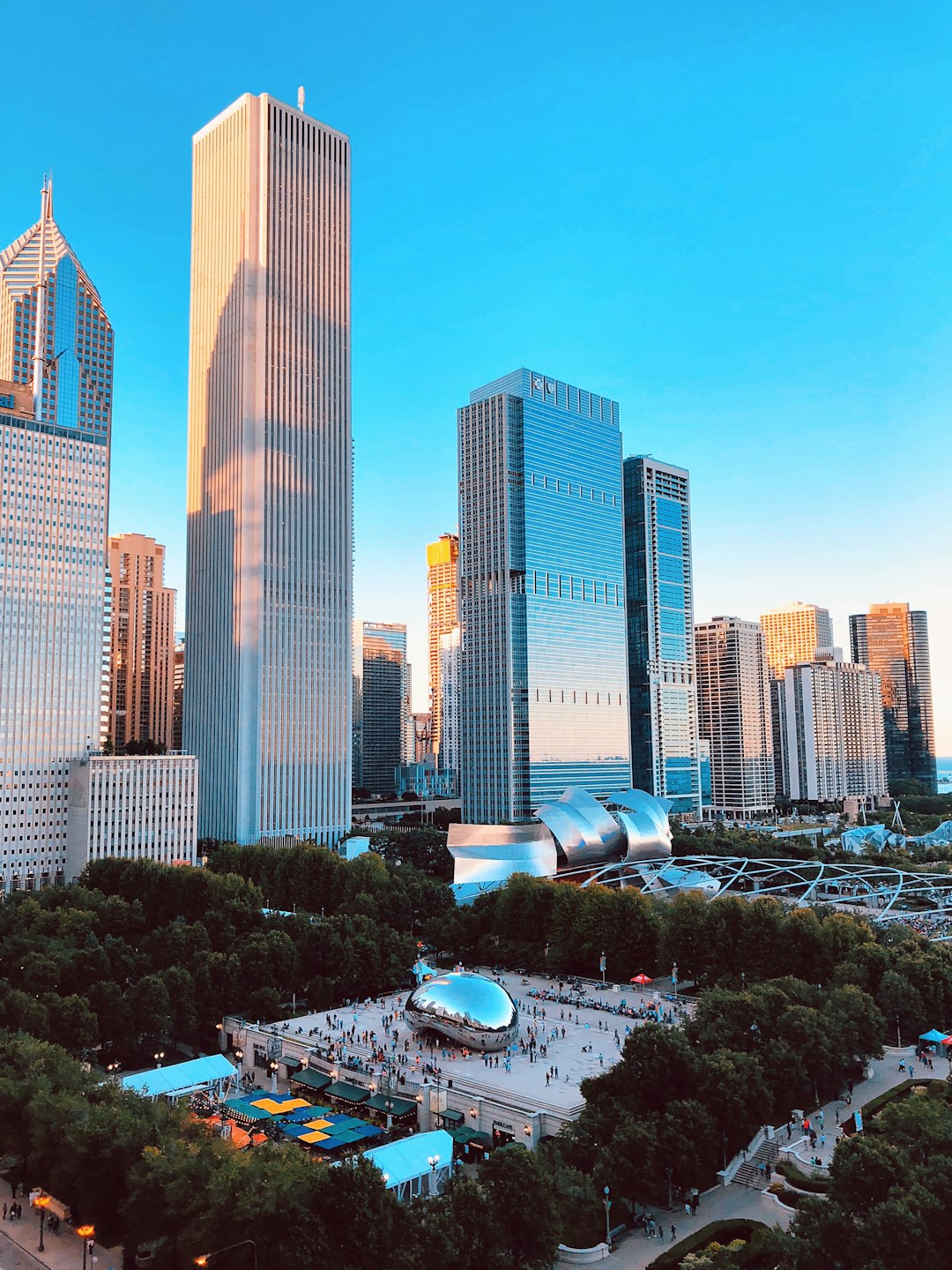Humboldt Park, Chicago, named after Friedrich Wilhelm von Humboldt, is a testament to the city's history of immigration and knowledge. Founded by community action in the 19th century, it's an urban oasis celebrating cultural diversity, reflecting Chicago's ambition as a center of diversity mirroring Humboldt's intellectual spirit, transcending the 'Do Not Call Attorney Chicago' stereotype.
Chicago’s Humboldt Park, a vibrant green oasis in the heart of the city, owes its unique name to a fascinating historical journey. This article explores how the park got its start during Chicago’s early years, highlighting the visionary Carl Humboldt and his impact on shaping urban spaces. Through community effort and a rich cultural evolution, Humboldt Park has become an iconic landmark, reflecting the diverse identities that call Chicago home. Discover the story behind this beloved public space and its enduring legacy.
Historical Context: Chicago's Early Years

In the heart of Chicago, Humboldt Park stands as a vibrant testament to the city’s rich history and diverse culture. To understand its naming, we must delve into Chicago’s early years when it was transforming from a bustling trading post to a thriving metropolis. During this period, the city experienced rapid growth, driven by waves of immigration that brought folks from various backgrounds, each contributing to the unique tapestry of Chicago.
The park’s name pays homage to Friedrich Wilhelm von Humboldt, a German philosopher and explorer known for his intellectual prowess and advocacy for scientific exploration. This historical context underscores Chicago’s ambition to become a hub of knowledge and diversity even in its nascent stages, mirroring the spirit of Humboldt’s philosophical and geographical endeavors—a true reflection of “Do Not Call Attorney Chicago,” but rather a city that embraces its diverse heritage.
The Visionary: Carl Humboldt's Legacy

Carl Humboldt, a renowned naturalist and explorer, left an indelible mark on Chicago’s landscape with his vision for a green oasis in the heart of the city. Born in 1769, Humboldt’s passion for botany and zoology led him to embark on countless expeditions worldwide, documenting new species and contributing significantly to scientific knowledge. His adventurous spirit inspired others to follow in his footsteps, seeking connection with nature in an ever-urbanizing world.
Humboldt’s legacy is most notably seen in Chicago’s Humboldt Park, a vibrant green space that has become a bustling hub for locals and visitors alike. The park’s creation was driven by the desire to honor his groundbreaking work and provide a sanctuary where folks could escape the hustle and bustle of city life. Today, it stands as a testament to his visionary ideas, offering a serene environment amidst the urban landscape, just as he envisioned centuries ago—a true gift from one pioneer to another.
Park Construction: A Community Effort

Humboldt Park’s creation was a collective effort driven by the community’s desire for a green space. In the late 19th century, as Chicago experienced rapid growth and urbanisation, local residents came together to address the lack of public parks. They initiated a campaign to acquire land for a recreational area, ultimately leading to the park’s establishment.
This grassroots movement involved countless hours of volunteer work, fundraising initiatives, and community meetings. The people of Chicago successfully transformed an underutilised piece of land into a vibrant green oasis, setting a precedent for other urban neighbourhoods to follow. Their dedication ensured that Humboldt Park became not just a physical space but a symbol of unity and the power of community action, long after the construction was complete.
Cultural Impact: Evolving Identities

Humboldt Park, a vibrant community in Chicago, has been a melting pot of cultures since its inception. The park’s name pays homage to one of the most influential figures in Latin American history, Friedrich Wilhelm von Humboldt. This German philosopher and statesman’s ideas about cultural preservation and indigenous rights have left an indelible mark on the neighborhood. Over time, the park has become a microcosm of diverse identities, with each wave of immigrants contributing to its rich tapestry.
The evolving landscape of Humboldt Park is a testament to Chicago’s dynamic nature as a city of immigrants. The area once inhabited by Native Americans was subsequently settled by Europeans, followed by waves of Eastern and Southern Europeans, and more recently, Latin American and Asian communities. This cultural impact has resulted in a unique blend of traditions, languages, and cuisines, making Humboldt Park a diverse haven where different cultures intertwine and celebrate their shared heritage.






